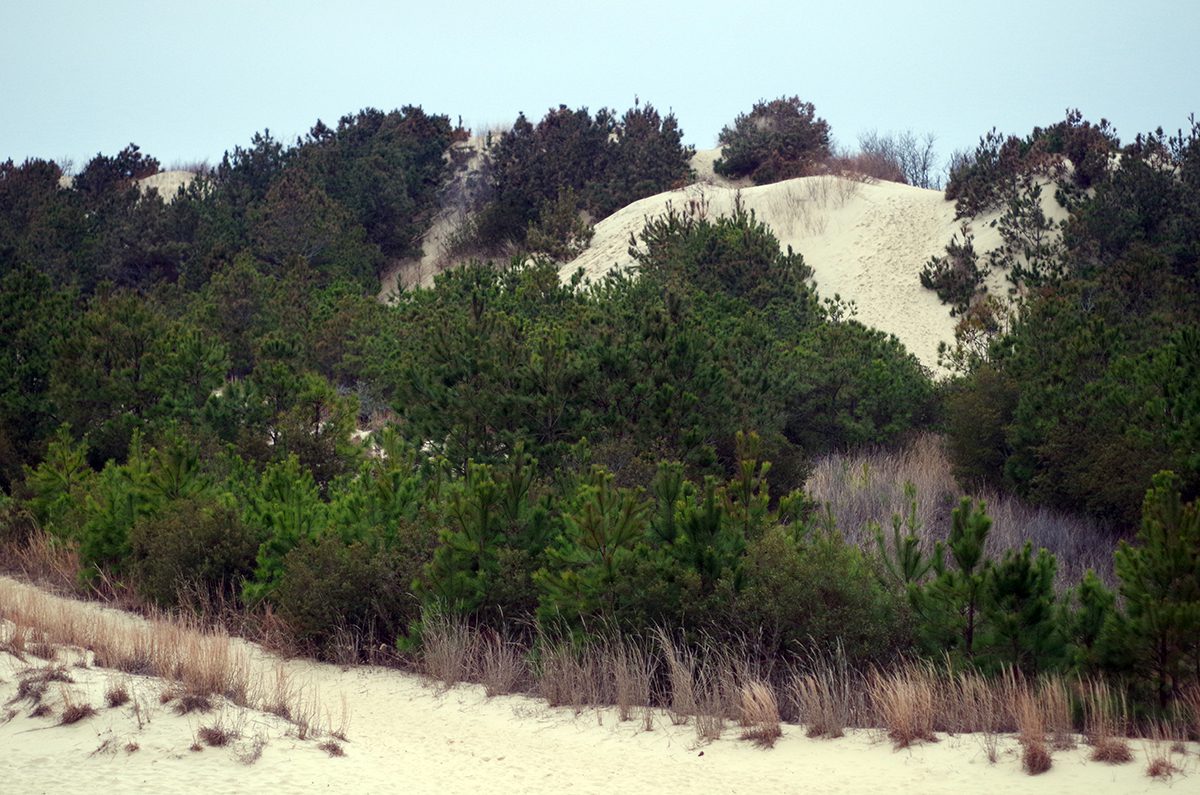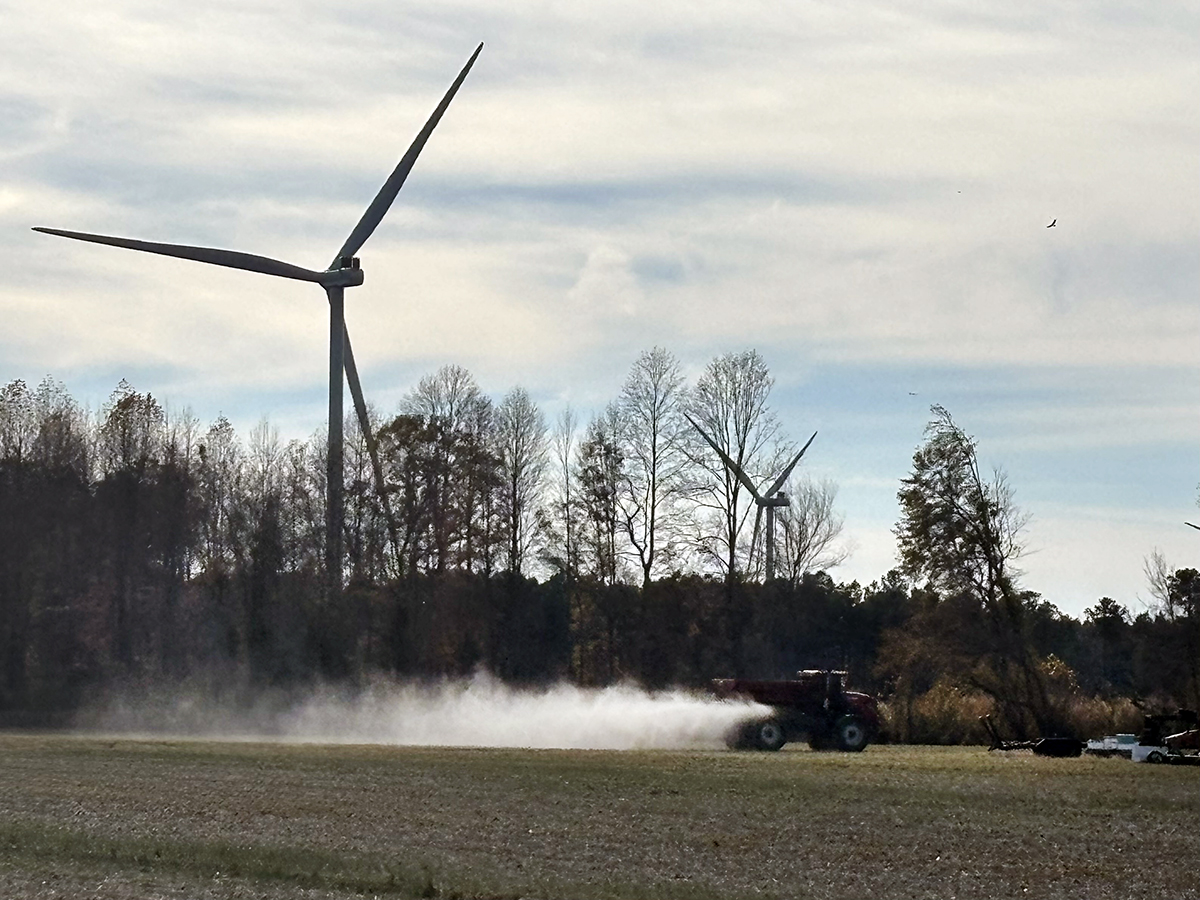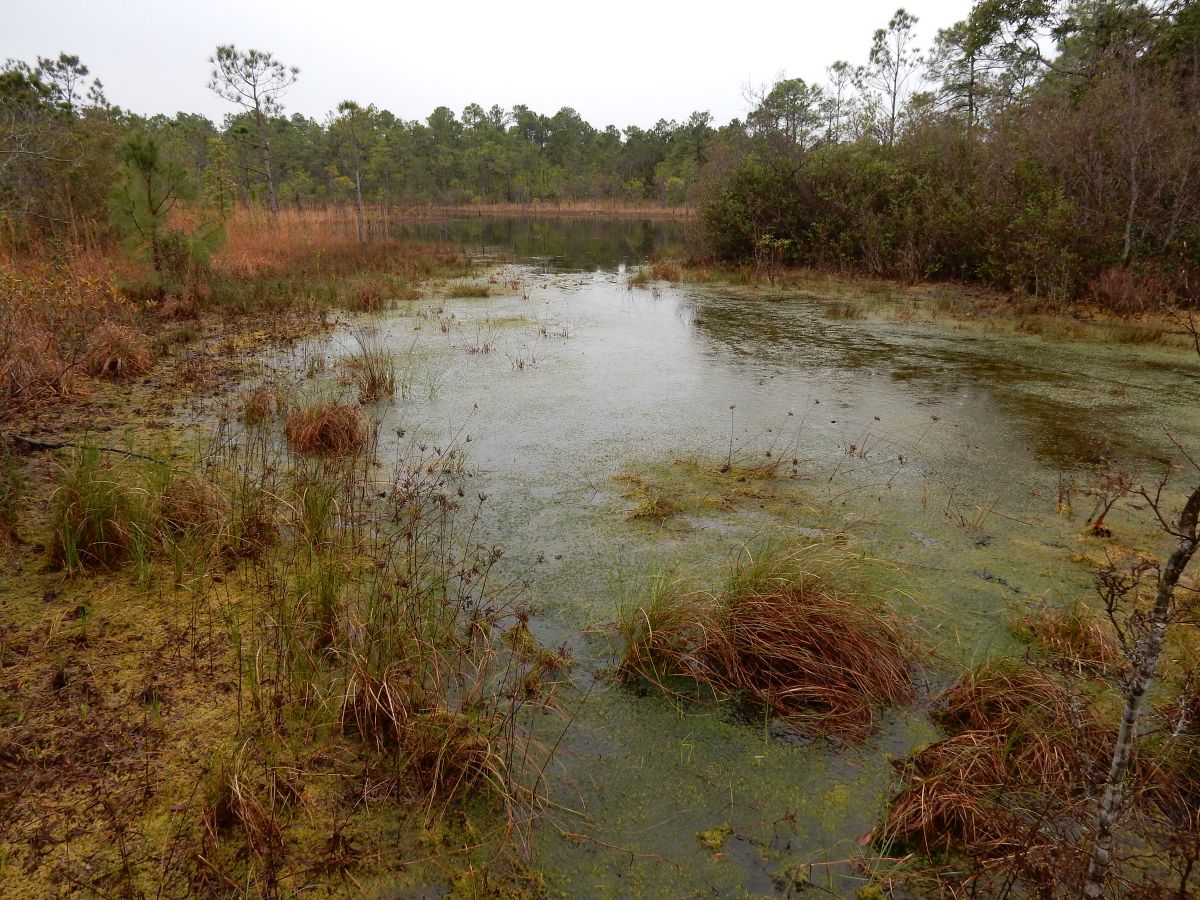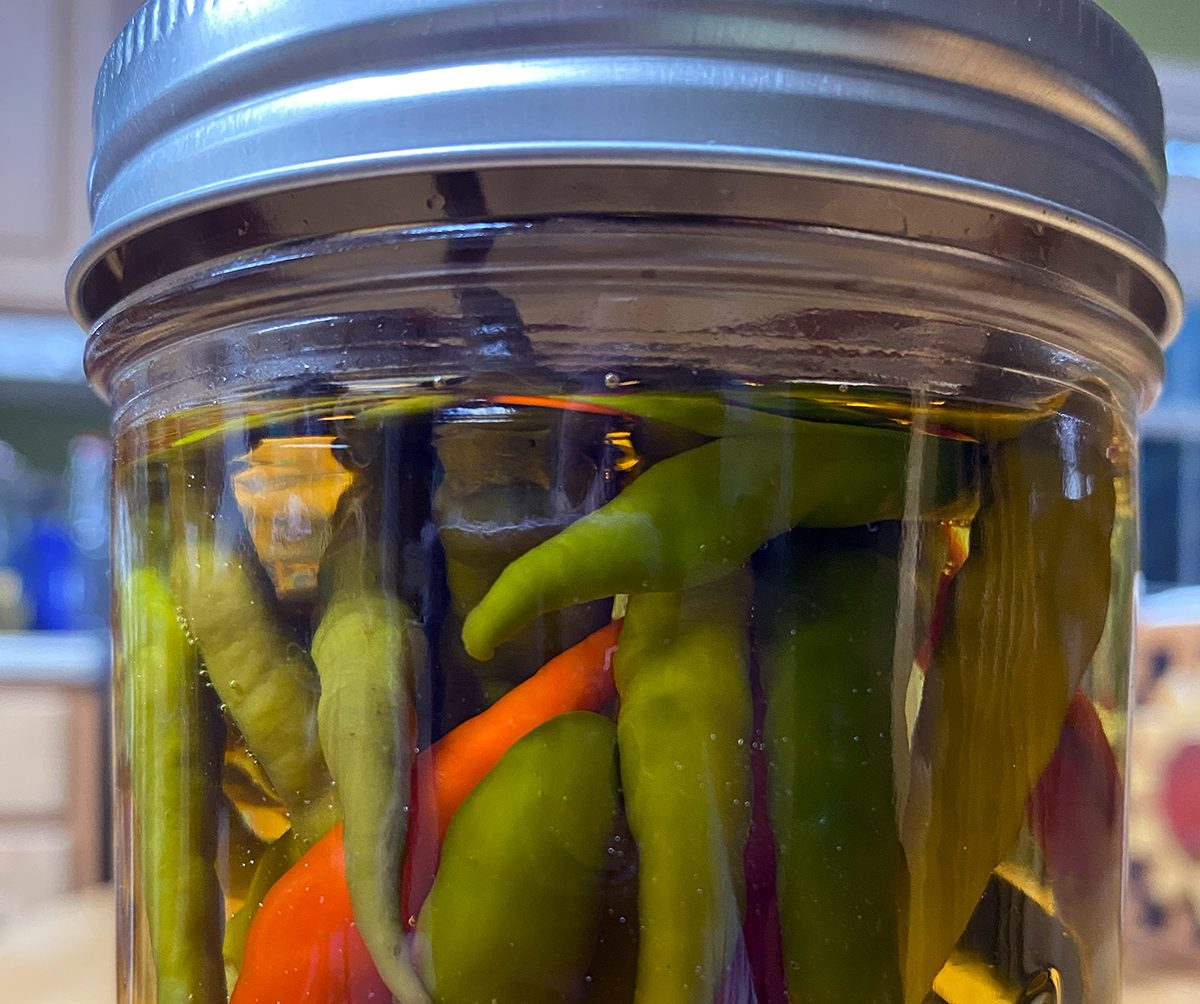
Before ketchup and ranch dressing became as firmly entrenched in our culture as salt in the ocean, relishes and pickled goods were once a staple at everyone’s table.
Often engendering fierce competitions among the ladies and their “special” recipes, who doesn’t remember our grandmas proudly placing pickles or colorful relishes on the table, beautifully displayed in cut glass or crystal bowls?
Supporter Spotlight
Why would something that seems so simple have such an impact?
The same way herbs and spices bring out the flavors of food, relishes and pickles livened up what would otherwise most likely be bland meals.
While relishes and pickled goods are both methods of preservation, they differ somewhat. Both methods use vinegar to extend the shelf life of vegetables, providing vitamins and such when fresh produce was not in season.
Pickles, for instance, are generally whole or large pieces of whatever vegetable preserved in brine or vinegar. Most pickled vegetables, such as beets or okra, are intended to be eaten as-is, as a complement to other items on the menu.
Did anyone else’s grandma make pickled beets and add whole boiled and peeled eggs to make colorful pickled eggs?
Supporter Spotlight
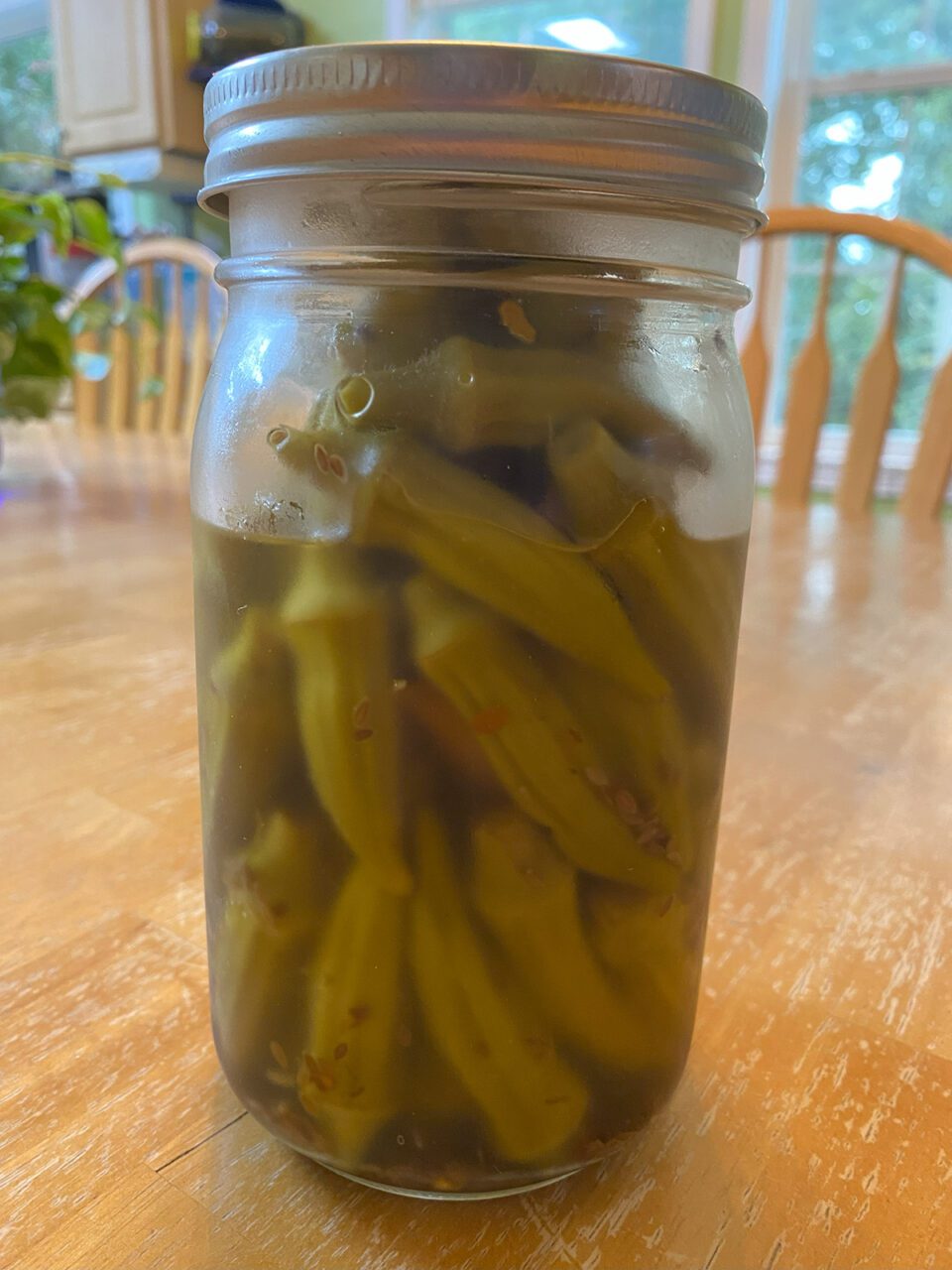
Relishes consist of chopped or minced vegetables, often combined with others and then pickled. Designed to enhance the taste of other foods, relishes are used more for condiments than actual sides.
Along with salt, different spices are used to flavor varying dishes, such as chow-chow. Sugar can be added to make a sweeter pickle, such as bread-and-butter, or a sweet relish such as chutney. Add crushed red pepper flakes or cayenne if you like things spicier.
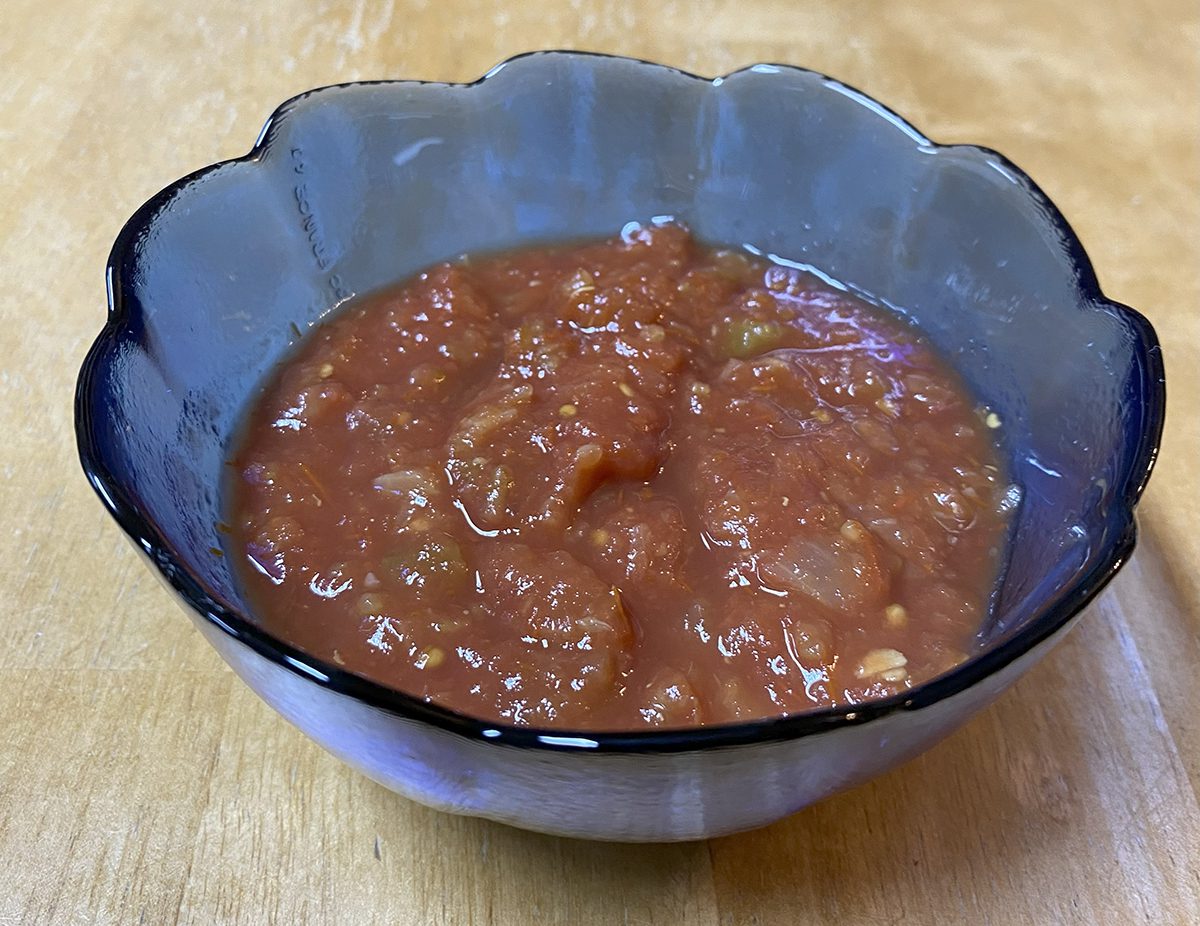
Like fermenting, pickling and making relishes have been around for centuries.
As with mining or harvesting and then transporting salt, vinegar was, and is, a time-consuming proposition. Simple enough to make, the acid content and enough suitable containers to store the product could present challenges.
For apple cider vinegar, all that’s really needed are apples, a bit of sweetener, water, and time. You can even use just the peels and cores. Submerse in sweetened water, cover loosely with cheesecloth, and put in a warm dark place. Stir every day and make sure the apple parts are covered by the liquid. After two to three weeks remove the peels. Put real lids on the jars and let ferment until it reaches the level of tartness you desire, usually somewhere around six months or so.
Maybe you’ve had cider that turned to vinegar or vinegar that turned cloudy. Filled with little floaty bits and a mother. What? Not that kind of mother, a SCOBY. That’s an acronym for symbiotic culture of bacteria and yeast.
Whatever you do, don’t throw it out!
Looking like an alien something or other, a symbiotic culture of bacteria and yeast often forms on apple cider vinegar. Perfectly safe to consume, this film of beneficial bacteria can be used to speed up the time it takes to make a new batch of vinegar by adding some of it to your peel and water mixture.

Relishes and pickled items harken back to a time when nothing was wasted, thus using apple peels and cores to make cider vinegar. Do you know what else apple cores were used for? Pectin, the powdered stuff that comes in a box now and is probably made of some indefinable chemical substance. The stuff used to make jams and jellies jell.
How did earlier peoples know how much apple core pectin to use? If the jelly set, they were good. If it was runny, they’d add a few more apple cores while the jelly was still boiling.
Waste not, want not.
Dipping a cold spoon into the boiling liquid and seeing whether it dripped off quickly or moved slower and sheeted, or made a smiley face let them know if the jelly was thick enough.
Most of us know the story of Johnny Appleseed. Collecting apple seeds from cider mills and then going walkabout, seeding apple trees for the westward-bound settlers to find and utilize.
Whether true or a tall tale, there’s probably a grain of truth buried in there somewhere. The legend of Johnny Appleseed is entirely possible, because the apples used for cider weren’t from grafted trees, thus the seeds could be planted in order to gain an apple tree literally true to its roots.
Seeds from grafted trees will most likely revert to the rootstock, often crabapples or possibly some other rootstock that doesn’t bear edible apples. The apples used in cider mills were often a hard, tart apple and, while not much good for eating, they were better for making hard cider or cider vinegar.
Both items were indispensable to the settlers.
We all know the “stoplight” apples, Red Delicious, Yellow Delicious, and green Granny Smith that have been popular for the last few decades. At one time, there were over 300 named varieties of apples in the United States, each with a different purpose, such as cider, eating, drying, and making apple butter among many others, but that’s fodder for another column.
Vinegar has a low pH, meaning it’s very acidic. This low pH is why vinegar works well in preserving foods. Harmful bacteria can’t survive the acidity. The acidity is also why crocks were so important for storage. The glazed interior of a crock keeps the acidic vinegar from eating a hole in the otherwise unprotected container.
Water can be added to raise the pH if the vinegar became too acidic.
White vinegar is also one of the best, and safest, household cleaners. It leaves no residue, kills germs, and at the same time, it’s safe for human skin.
So, what’s the difference between cider vinegar and white vinegar? White vinegar, distilled from grains, is more acidic than cider vinegar, and it’s most often used for scrubbing floors or cleaning coffee pots. Cider vinegar, made from apples, has a golden-amber color and a sweeter flavor and is most often used for vinaigrettes, marinades and seasonings.
Pickling can be an either/or proposition, with personal preference often being the deciding factor.



